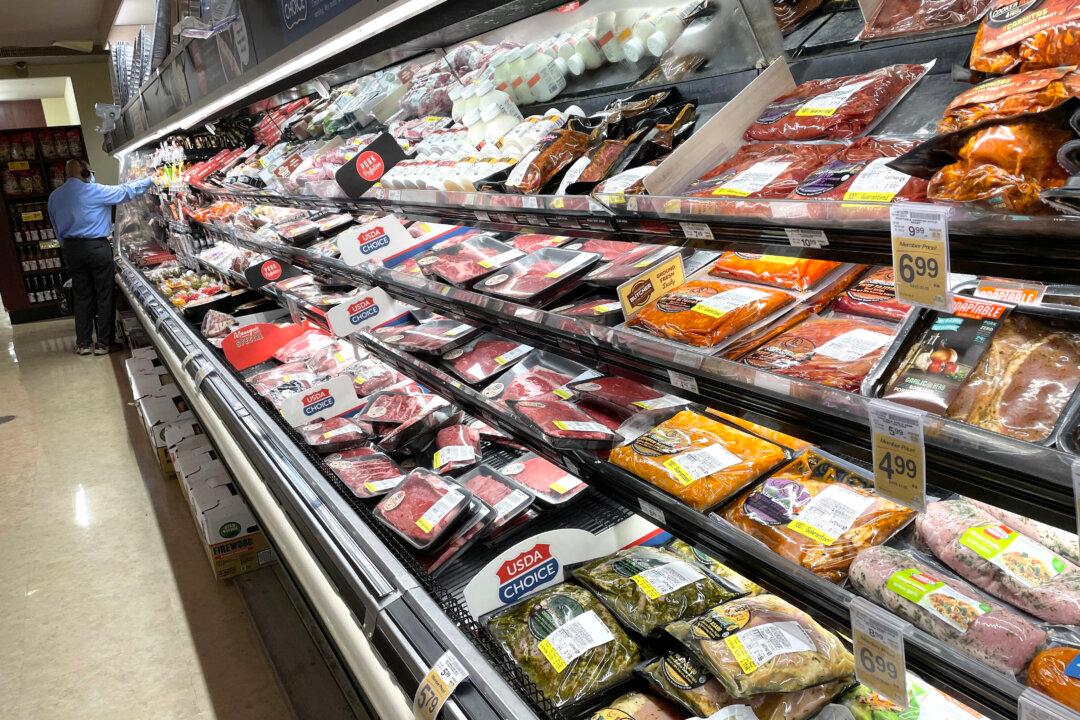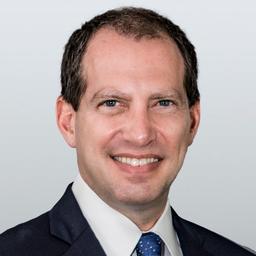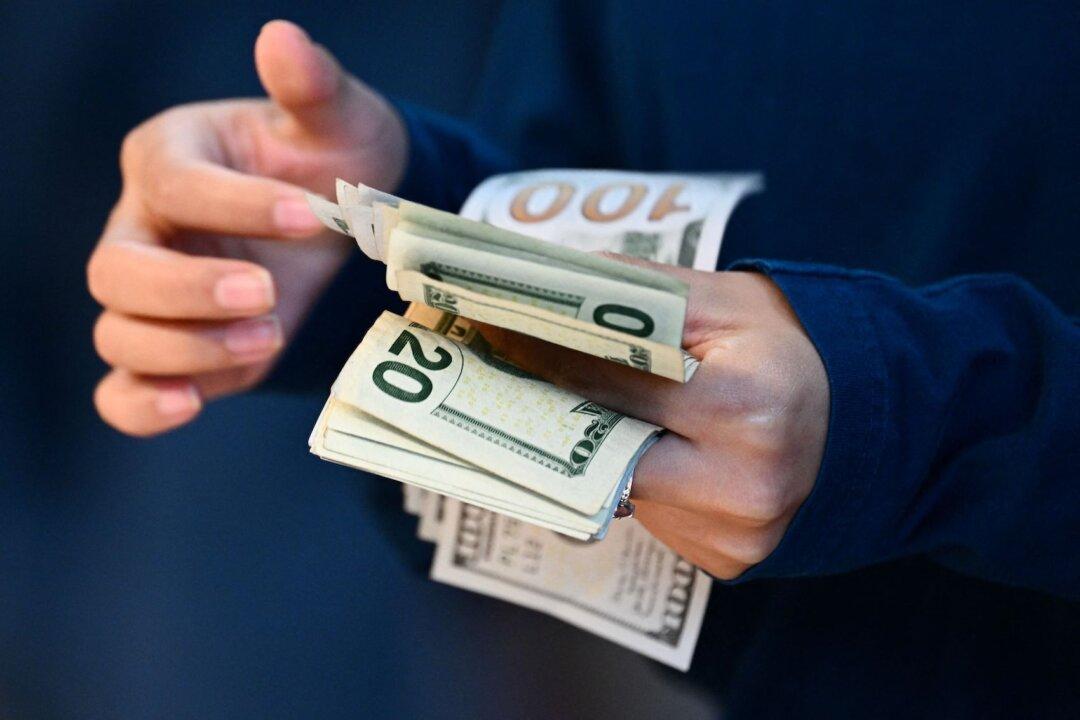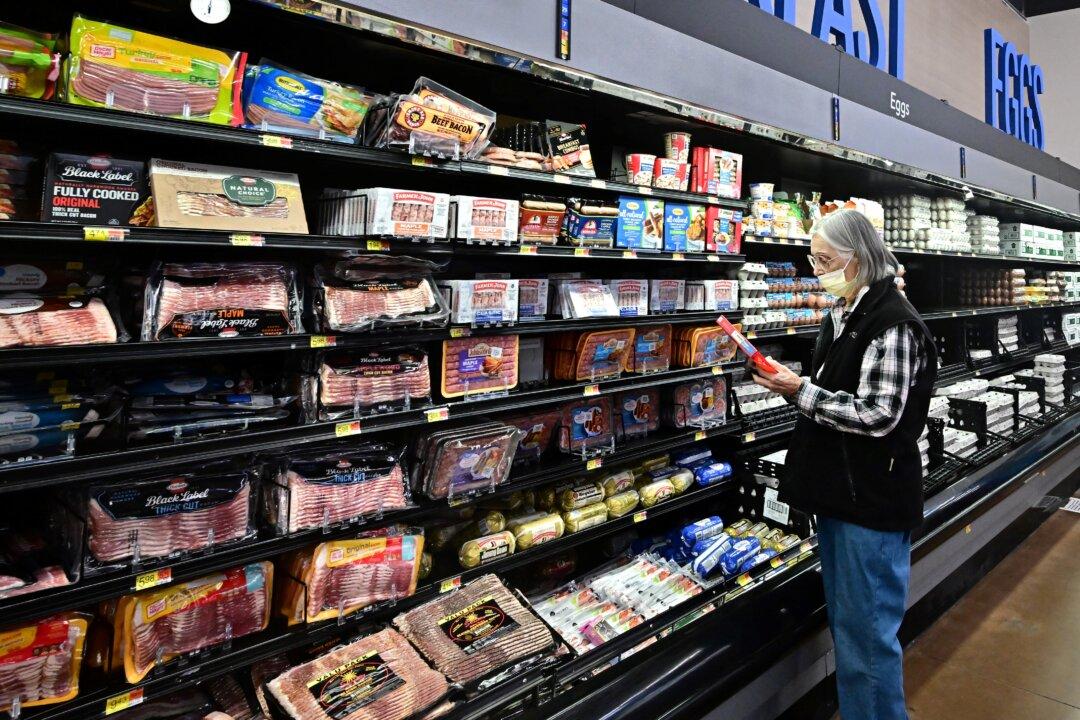Commentary
Last week, we wrote about why inflation is a threat to your portfolio, and in today’s article we’re going to cover how inflation is being understated and why we believe that things are going to get worse. Next week, we’ll cover a variety of ways readers at all levels of income and wealth can take steps to protect themselves.





